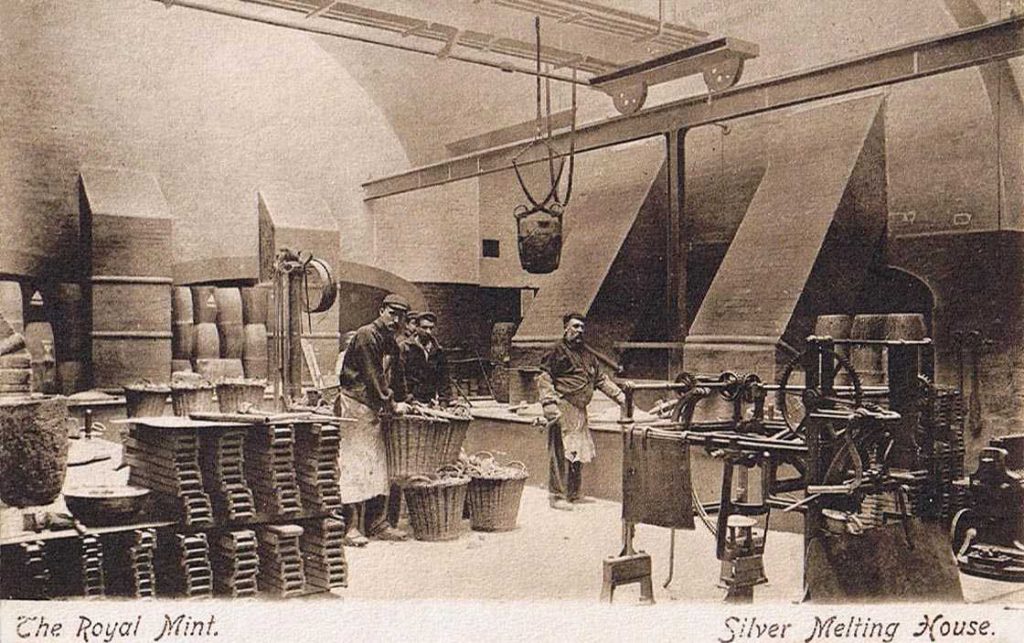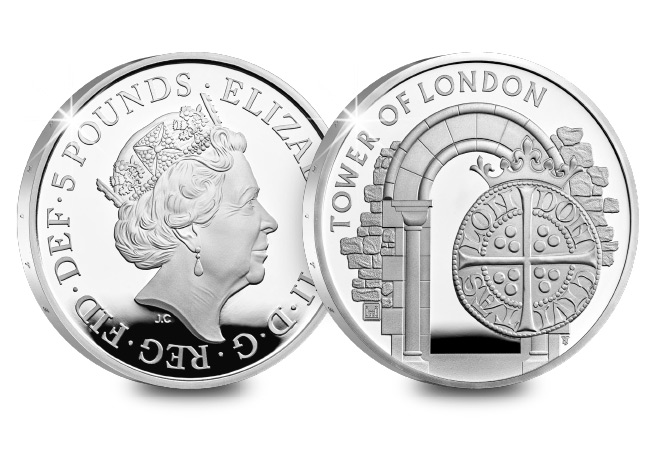Posts Tagged ‘British history’
The reign longer than Queen Elizabeth II?
Queen Elizabeth II is Britain’s longest reigning monarch, and that means that she has adorned the obverse of our coinage since 1953 when the first coins were issued with her portrait. Her reign has seen five different portraits on our coinage and one of the biggest changes to our currency – decimalisation.
And as this month marks the 50th anniversary since the day that Britain officially went decimal, we’ve been taking a look back at British coins and how their stories have changed over time. And there’s one icon that stands out above the rest, one that has featured on coins for far longer than Queen Elizabeth II’s impressive 68 years. I am of course referring to Britannia.
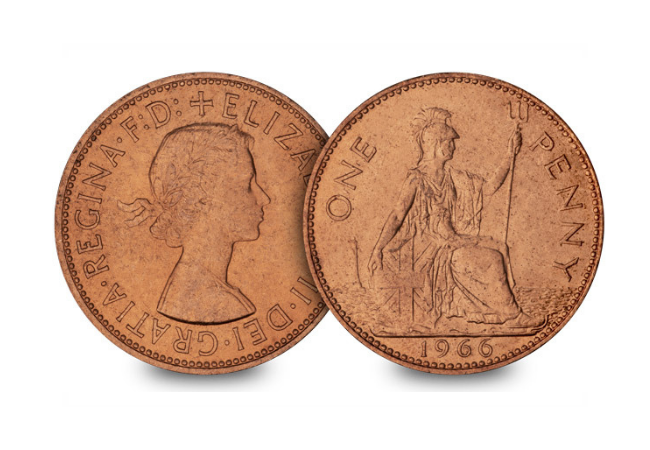
Over 2000 years old!
It’s thought that Britannia first featured on coins in Britain when the Romans arrived under Julius Caesar, but the depiction is wildly different to that which we recognize today. The coins showed a figure, neither male nor female, as a warrior with an inscription along the lines of “DE BRITANNIS”.
It wasn’t until Hadrian arrived in the second century AD that the coins started to feature a female figure with the inscription “BRITANNIA”. These Roman coins are always difficult to find, and many remain buried away even today.
A 1400 year hiatus…
This female figure disappeared from coins, and culture, for over a thousand years, not reappearing until the Tudor period. And even then it wasn’t until Charles II that she finally made her reappearance onto coinage. It’s thought that the rise of Britain as a naval power was the inspiration to include Britannia on coinage again.
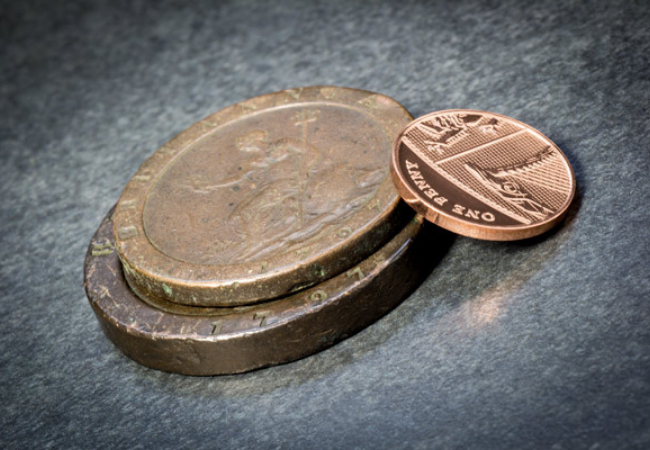
Britain’s largest penny
Under George III a one penny and two penny coin were introduced in an attempt to restore confidence in British currency. The intrinsic value of the metal plus an allowance for the cost of production was made equal to the nominal value of the coin. This made them very heavy and a lot larger than other coins in circulation – giving them the nickname ‘Cartwheels‘.
Importantly though, as Britannia had become more and more associated with the sea, these were the first coins to depict her holding a trident rather than a spear.
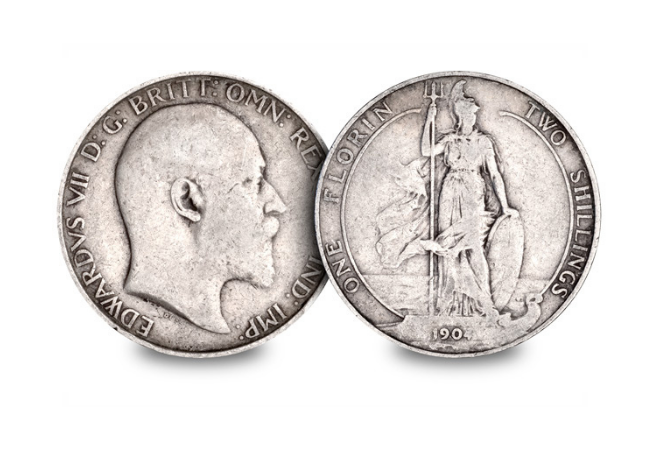
The Standing Britannia
Throughout history Britannia has been depicted on several denominations of coins, usually pennies or half pennies. Often she was shown seated with the sea in the background, and never before had she been issued on a Florin. After the long Victorian tradition of a crowned cruciform shield for the reverse, a new Britannia design was issued as King Edward VII took to the throne. A truly beautiful design, it shows Britannia with her trident, shield, and stood powerfully against the sea. Only issued during King Edward VII’s short reign, this coin has become incredibly popular for its iconic design and impressive story.
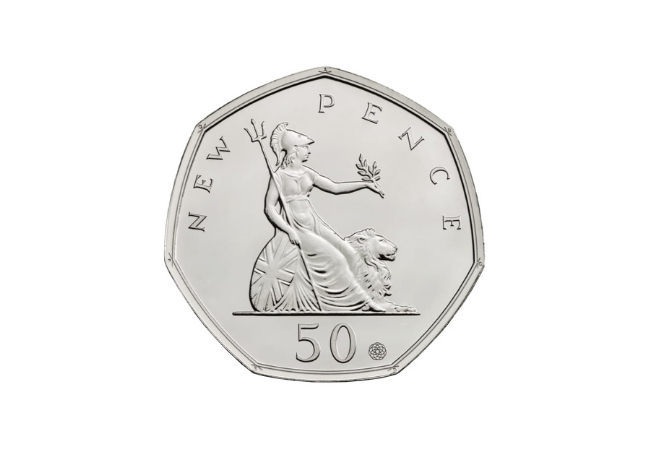
Of course the Britannia has featured and continues to feature on Britain’s coinage, with new depictions on annual releases and even special releases such as the 2019 commemorative 50p. It certainly looks like she’ll continue to have a long reign on our coinage.
If you’re interested:
Secure your very own Silver Standing Britannia Florin. At over 100 years old and with a unique design, they’re in high demand with collectors. Click here to order yours now with a deposit of JUST £13!
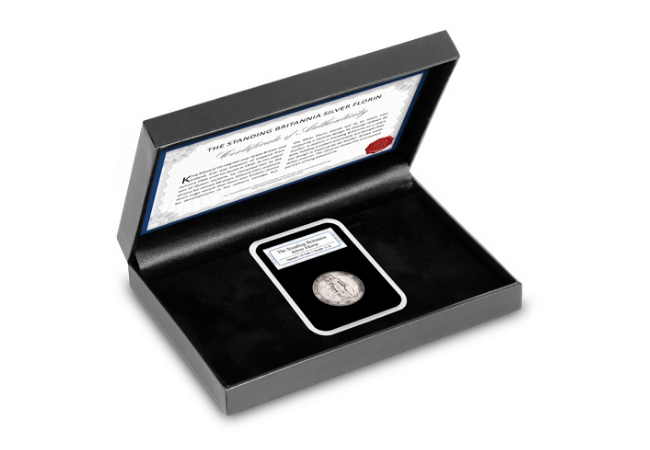
Tales from The Tower’s maximum security Mint – where making coins was a dangerous business
A symbol of royal power for nearly 1,000 years, the Tower of London remains one of Britain’s most iconic attractions.
But did you know that for over 500 years The Tower of London housed The Royal Mint?
It’s safe to say that during The Royal Mint’s time in The Tower, making coins was hot, noisy and dangerous affair. So much so that tampering with coins was considered treason, and the threat of gruesome punishment alone was enough to deter most, if not all, forgers and thieves.
For me, there’s no coin stories as fascinating as the ones that originate from The Royal Mint’s time a at The Tower. Here’s a selection of my very favourite ones…
Health and Safety was not a concern
In stark comparison to the society we live in today, the health and safety of Mint workers was not a top priority during the Mint’s time in The Tower.
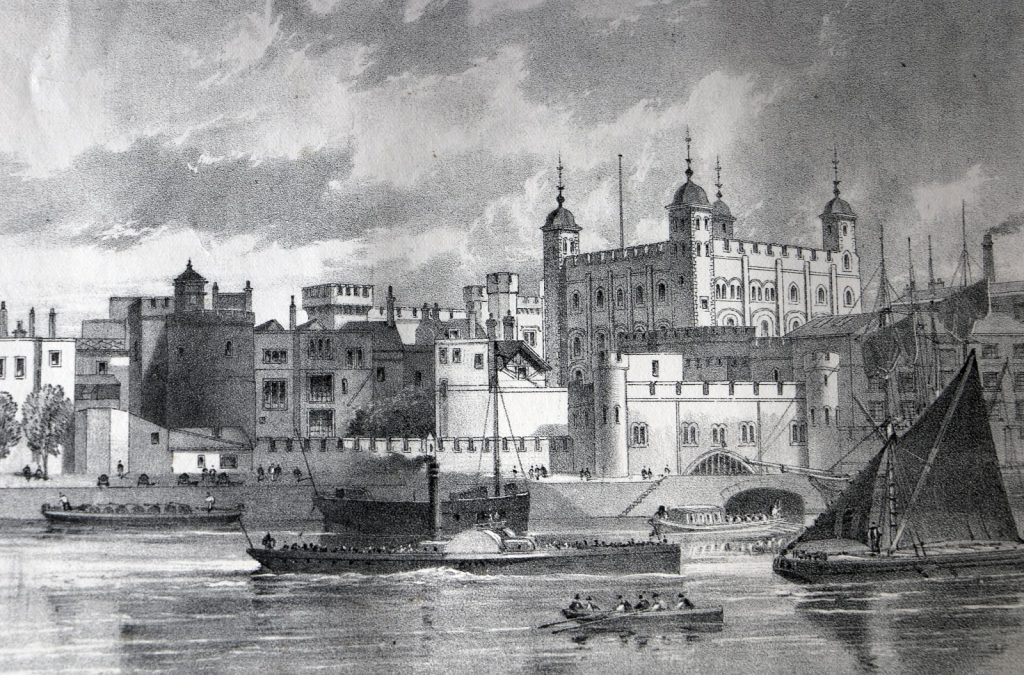
Mechanisation in the 1600’s was welcome relief for Mint workers, as up until this point, all coins were made by hand. As a result, it wasn’t unusual for workers to be injured, and the loss of fingers and eyes was not uncommon.
When it came to striking the coins, split second timing and staying alert could mean the difference between making a coin and losing a finger! That’s because in order to strike a coin, one worker would place a handmade piece of metal between two engraved stamps – called dies – and a second worker would then strike it with a hammer. This procedure would stamp the coin design on to the metal, but if both parties were not on the ball sometimes a finger would be removed in the process.
Even then, it actually wasn’t until screw-operated presses were introduced in the 1700’s that life for Mint workers became relatively safe.
Dirty, deadly money
Working in the Mint was dirty and dangerous work. Huge furnaces were used to melt down precious metal, and the air was full of deadly chemicals and poisonous gases. This made the coin making process a real hazard.
In the 1560’s a group of unfortunate German workers learned this the hard way. Several of them were suspected to have been poisoned by clouds of noxious gas, and they fell incredibly ill. Seasoned workers at the Mint advised them of the cure – to drink milk from a human skull! Despite the so called ‘cure’, several men died.
The mysterious case of Sleeping Beauty
Several decades prior to this, in the 1540’s, William Foxley was another victim of the Mint’s lax health and safety. Though how exactly, still no one to this day knows for sure! Foxley was a potter at the Mint, and one day he fell asleep over his pots and no one could wake him up.

It’s unclear what exactly caused Foxley’s coma, and allegedly King Henry VIII himself swung by The Tower to check out the mysterious sleeping beauty. For the majority of the British population, the only way they knew what their monarch looked like was thanks to the obverse of the coin. So Foxley will have been disappointed to have slept through his audience with the King.
This case perplexed physicians for 14 days, after which Foxley woke up and was the picture of perfect health. Remarkably he lived for another 40 years.
Tampering with coins was considered treason
Treason was not taken lightly. In fact any tampering with coins, such as shaving silver from the edge of a coin to steal it, was classed as treason and the severe punishments that awaited thieves and forgers was nearly enough in most instances to put them off.
During medieval times, the sentence for a first-time convicted counterfeiter was to remove their right hand. Any second offences were punishable by castration. It’s unknown exactly what followed this particularly gruesome punishment for a third or even a fourth offence.
But if you think this is severe, in later years and right up until the 1700’s male forgers suffered a traitor’s death – that is to be hung, drawn and quartered. Meanwhile, female forgers were either burned at the stake or transported on one of the infamous convict ships to their designated place of exile.
If you’re interested…
The Royal Mint has just released a BRAND NEW UK £5 coin to celebrate its longstanding and fascinating history with The Tower of London.
The coin is available in a range of specifications, including Brilliant Uncirculated and extremely limited edition Silver Proof and Silver Proof Piedfort. Given the historical significance of this commemorative, it is expected to be highly sought-after by serious collectors now and in years to come. That said, we do not expect to be able to offer it for long.
Everything you need to know about the NEW £2 collection that only 495 collectors can own
Earlier this week, three brand new £2 coins were released to commemorate the 80th anniversary of the Battle of Britain.
So in my latest video I tell you everything you need to know about these hugely popular new coins, from their INCREDIBLY SMALL 495 worldwide edition limit, to the inspiration behind the designs. It really is a video you can’t afford to miss.
If you’re interested


